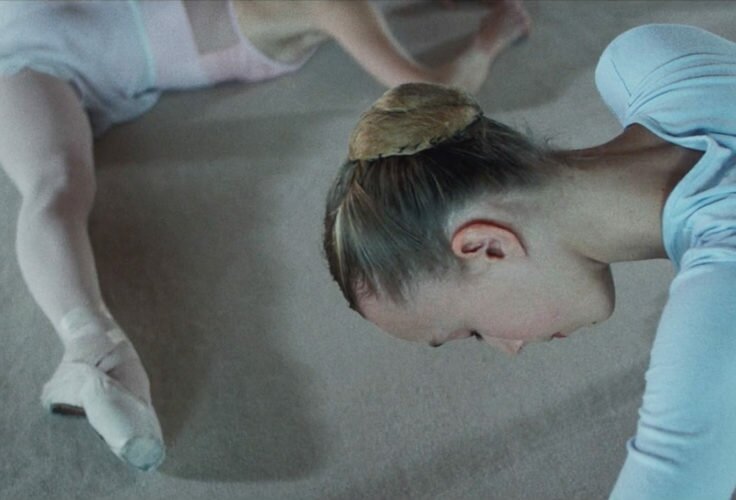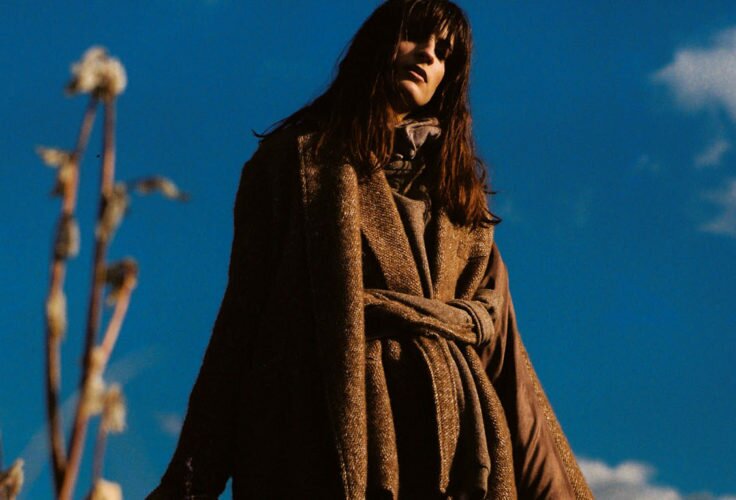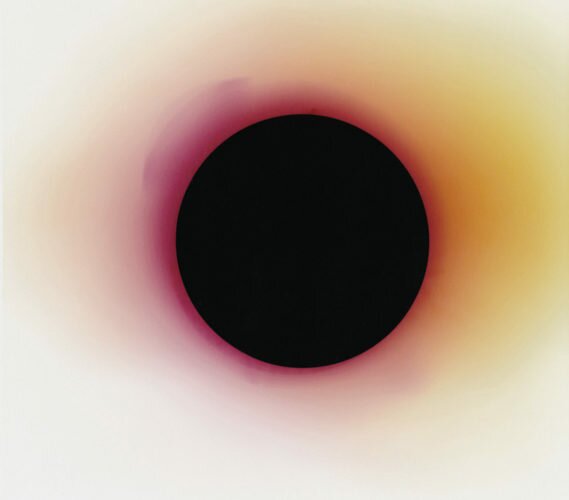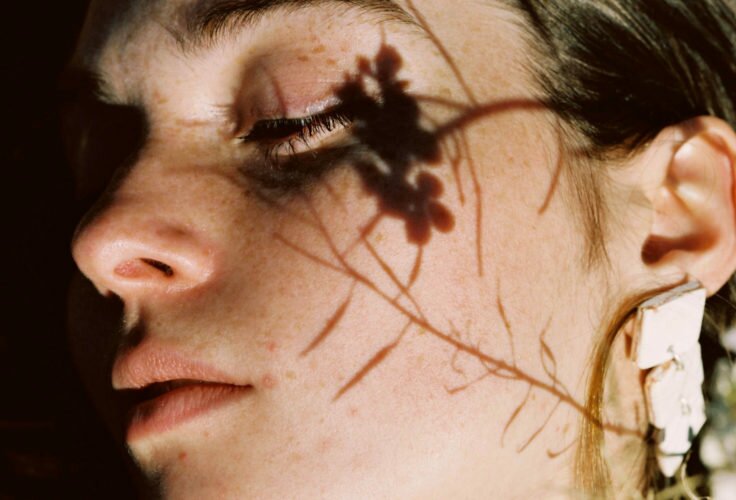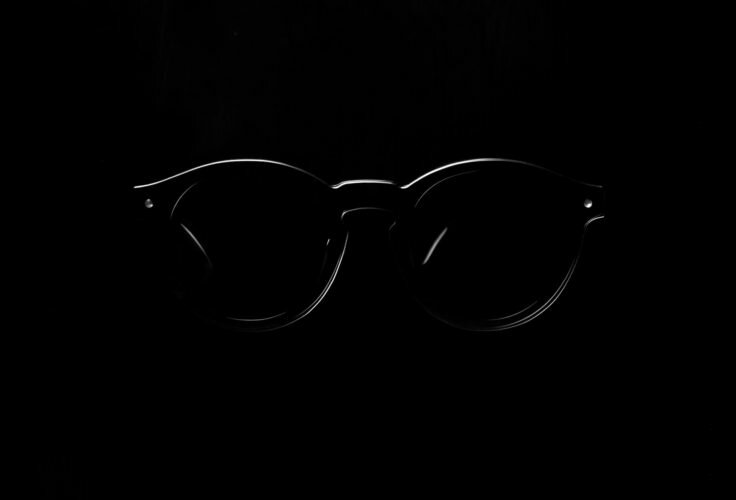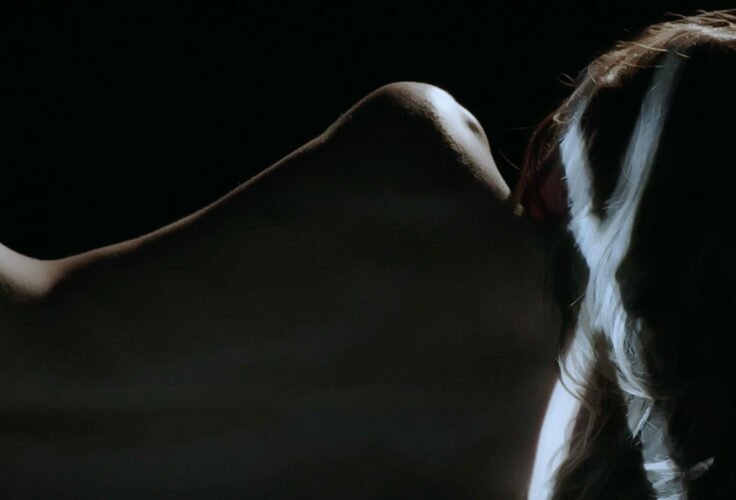Olvida al Brian Burtler de Vice. Este artista de múltiples facetas es el heredero de Aleister Crowley y Kenneth Anger. Javier calvo separa grano de paja.
(GENESIS BREYER


One would hesitate to call Genesis Breyer P-Orridge a‘Renaissance man’, at least in the popular sense of the term – a multidisciplinary artist similarly proficient in all the disciplines he has touched. H/er musical career, although immensely influential in its beginnings, has proved more and more puzzling with the passing decades. Starting out as performance artist, h/er early exploits connected h/er to fellow Ur-industrialists Cosey Fanni Tutti or Monte Cazazza: blood-and-feces actionists, shock-performers with a flair for cheap porn and ritualistic scarification, happy seekers of the ‘destroyers of civilization’ moniker that they would wear as a proud badge for the next four decades. As a vocalist for Throbbing Gristle in the Seventies, s/he penned some of the most powerful anthems for every future explorer of extremity and the ritualistic possibilities of pain and fear. TG also pretty much redefined the concept of film soundtrack and reinvented free improvisation as swampy, primitive symphony of beastly inhuman howls and horror murmurs. Five years into the career of Psychic TV, though, P-Orridge transmuted their post-TG sound into a factory of acid-house tribal dance tracks, seemingly drowning his own creativity in an ecstasy-induced trance before re-emerging in the mid-Nineties as velvet psychedelist, the soft-spoken brainchild of Brian Jones and Syd Barrett. Shedding h/er previous groundbreaking ambitions, s/he seemingly settled for a firmly conservative musical project –sometimes labeled PTV3–, basically turning into everything he had initially despised and rebelled against.


The truth of the matter –and this can be certainly appreciated in h/er current retrospective art show in Manhattan’s Rubin Museum– is that P-Orridge is not a ‘Renaissance man’ in the pop sense of the term. He is basically a Renaissance artist in the true sense of the term. In other words, an artist whose worldview is not entirely secularized but imbued with the alchemist and the scryer’s conviction that art is the quintessential magical operation, a reality – and self-altering intervention. Covering almost four decades of artwork (the earliest piece in the show dates back to the mid Eighties), Try to Altar Everything shows the surprisingly consistent fruits of an artistic career that for many has remained largely occult; that is, hidden behind P-Orridge’s musical career, behind his charismatic persona and also behind his most famous artistic working, the P/androginy project, beautifully captured by Marie Losier’s disturbing and melancholic 2011 documentary film, The Ballad of Genesis and Lady Jaye.
P-Orridge’s art, post-COUM Transmissions, has always been firmly rooted in the grammar of William S. Burroughs and Brion Gysin’s cut-up technique, as could be seen less than a decade ago in his previous large-scale show of collages, in New York’s Invisible Exports Gallery, 30 Years of Being Cut-Up. In the Eighties and Nineties, h/er visual art fused Burrough’s conception of the cut-up as a magical tool for altering reality with Austin Osman Spare’s technique of automatic drawing, a set of instructions for sounding the Jungian depths of the mind that precedes the Surrealist Manifesto by one decade. P-Orridge’s pieces from this period are cut-ups-as-sigils, magical operations that take the form of collages and atavistic graphic juxtapositions, the practical realization of the Temple of Psychick Youth’s doctrines as compiled in the 1994 book Thee Psychick Bible. Just like Spare’s sigils, P-Orridge’s are ‘goal-oriented’, meditational tools or even praying aids directed to enlighten and alter reality. Cancelling conscious associations, enlisting chance and random shapes and clearing the mind of all known grammars are also fundamental traits of the sigil technique. Early collages like Kali in Flames, Burns Forever the Light or Origin ov thee Species belong to this period, all of them by-products or companion pieces of ritual workings associated to The Temple of Psychic Youth.
Dating from the period between 1995 and 2005, the companion sigils to P/androgyny are landmarks. P-androgeny Sigil, Phallus Dei, Cruciform or It’s All A Matter of Time are all pieces that show an evolution of the cut-up sigil into more complex forms of liturgical art. Photo collages still capture change, but the flat frame evolves into three-dimensional structures. Hair and other bodily fluids and clippings start functioning as offerings; copper and other elements are added for symbolic power. All components get integrated into a structure that represents time (clock frames) or generation (the vesica piscis or the phallus). Menstrual blood, or just plain blood, retrieves its primitive status of power. Alchemical Wedding, from this same period, is more explicit in its mingling of bodily elements as symbolic of the melding of the bodies in the p/androgyny process. Two more pieces, Medicine Chest and Reliquary –both containers of sanctified items– are the culmination of this process: the artwork becomes a genuine altar or reliquary. Its contents are ritually arranged. The wordplay in the exhibition title actually encapsulates the core of the show brilliantly: trying to alter all reality by altaring every single thing. An all-inclusive logic that follows the logic of the temple, the sanctuary, the curiosity cabinet turned into sacred collection.
The most recent batch of pieces in the show (from 2010 onwards) reveals one last development in P-orridge’s career. The mythology of p/androgyny is gradually replaced by the mythologies of South Asian religions. Tibetan Buddhism and the Nepalese brand of Hinduism, centered on the god Shiva. The Shoe Horn series creates fetishes (in the religious sense of the word) from Nepalese printing blocks and fetishistic stiletto-heeled shoes. The ancient religion ascends through the high heels and instills the object with its talismanic magic. Begging Bin-Eshe or Beggars and Babas reflect the artist’s growing fascination for the figure of the Nepalese beggar/ascetic, the Naga Baba, as spiritual model. None of these later pieces are really a departure from earlier representational modes or themes. Nepalese Hinduism merely joins organically P-Orridge’s particular brand of syncretism: art as transformation, self-reinvention, mental deconditioning, using both chance techniques (cut-up, sigil magick) and the more traditional paths of asceticism, mysticism and alchemy. The last piece of the show, Try to Altar Everything is a moving interactive piece composed of the small offerings that visitors to the show can bring along, kept inside small reliquaries, almost lockets. The offerings are then displayed all around the exhibition rooms, mingled with the artists’ own mementoes and talismans. A reminder perhaps of h/er art’s link with certain forms of Eastern popular religion. Or just with all primitive forms of art as ritual and liturgy.









